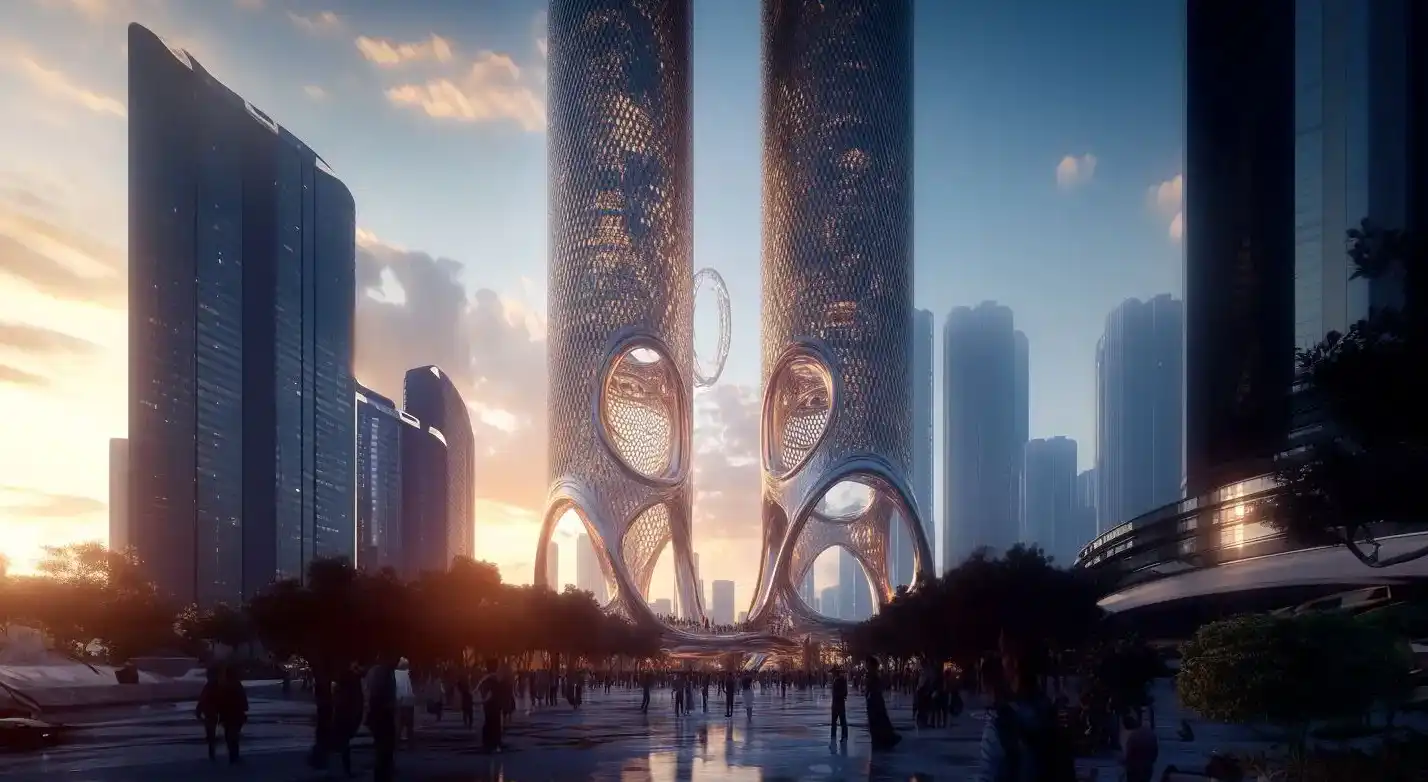
With the advent of Artificial Intelligence, advanced AI tools are revolutionising the way architects and designers unravel creativity and innovation. Generative AI models harness the power of parametric algorithms and computational design to enable the creative industry realise limitless possibilities for designing the spaces of tomorrow. Many would say fiction is becoming reality. Architects are yet again at crossroads with technology and adapting to radical methodologies for designing is necessary.
PAACADEMY’s recent workshop, “Fusing Realities: AI-Driven Architectural Narratives,” led by Arturo del Razo Montiel, was focused on enabling our students to produce unique, multidimensional architectural representations by combining traditional and innovative software. Rooted in algorithms and computational design, parametric and generative design methodologies have shattered traditional boundaries, breaking the glass ceiling in architectural innovation.
With generative AI models like MidJourney, Dream Machine AI by Luma, Luma AI 3D Capture, Hyperhuman Rodan, and Krea AI, architects and designers can now visualize their ideas in radical, unprecedented ways. This new era of Artificial Intelligence in Architecture breaks free from every notion of conservative constraints and opens wild, dreamy doors to unchartered territories.
Now, think again. Can you dream better than AI?
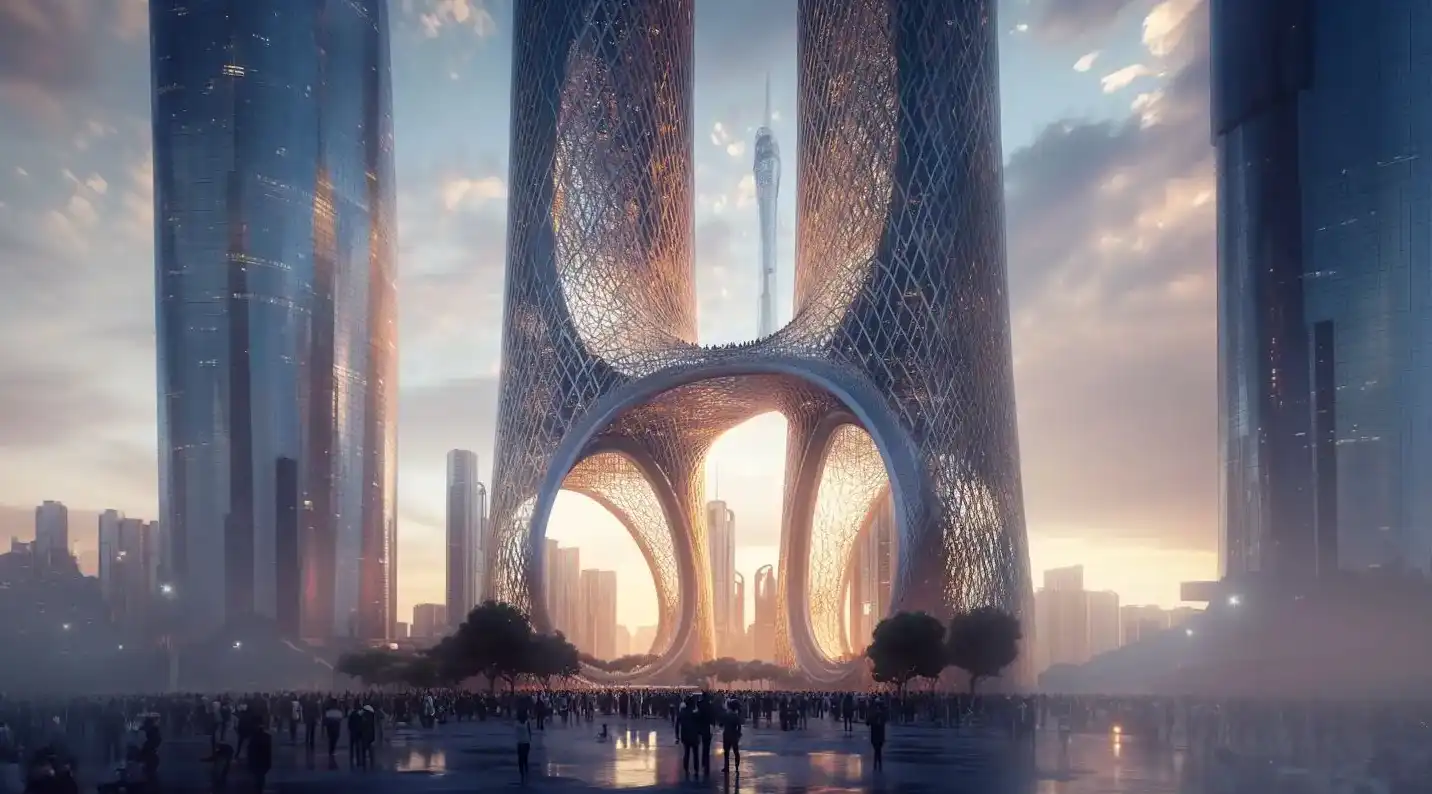
Image: Urban interventions © Fusing Realities: AI-Driven Architectural Narratives
The debate on the collaboration between man and machine has been rattling underneath every innovation since the Industrial Revolution. And time and again, it has been proven that a synergy between man and machine results in unforeseen advantages. While architects bring creative intuition, cultural understanding, and human-centric ideologies into the ‘thought’ of a design, AI can reinforce these standpoints with data-driven insights and computational power. Much like the simple calculator that helps you save brain energy and time, AI tools can save you from extensive data analysis and manual iterations. Artificial Intelligence is, thus, your game-changer. It is “your” tool, “your” companion, in realising “your dreams” in spatial design.
And yet, as Carl Sagan said, “Science… is not perfect. It can be misused. It is only a tool. But it is by far the best tool we have, self-correcting, on-going, applicable to everything.” While AI offers immense potential, it also raises several questions on ethical codes, practicality, algorithmic bias, data privacy, and the loss of traditional human skills. Now the question is, “How should… architects and designers… instrumentalise AI-driven architectural narratives in design?”
And the answer is… Well, you need to start dreaming with AI.
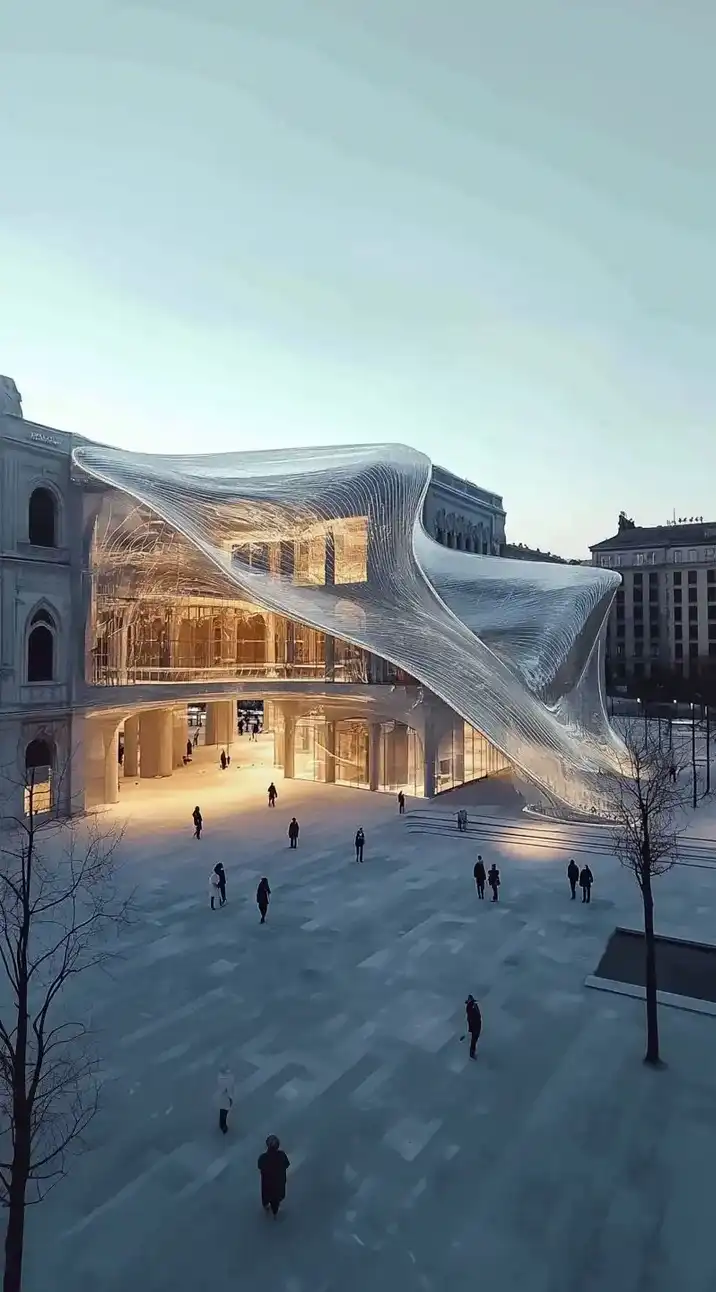
As we step into the era of Artificial Intelligence, the first realisation is that these ground-breaking technologies like OpenAI’s DALL-E or Stability AI’s Stable Diffusion, have already revolutionised the way we conceptualise. From text to images and text to videos, visualisation has now become irrepressibly creative. The second insight is that there are no boundaries to imagination. For example, generative designing with AI enables architects to explore multiple design options in seconds — by analysing spatial data, aesthetics, and even structural constraints to present optimised solutions. By leveraging parametric tools and machine learning algorithms, you can conceptualize designs that were once inconceivable.

This approach does not replace human creativity; it enhances it. AI serves as a collaborator, and quite interestingly, the nature and quality of this partnership will determine the future of design. While the AEC industry is utilizing AI and technology to achieve efficient and precise execution of detailed designs, architects strive to bend the current realities of structure and form to achieve better, beautiful built environments. Technical jargon can, for the time being, be laid aside, and the designer is free to dream with words (prompts), images (sketches and basic forms), and rules.
The final question is: "Are you a dreamer?" If so, this is your arena.
Remember, at the intersection of AI and architecture lies the humane. The partnership between the designer and AI is not merely about architecture; it is about building dreams.
AI has come a long way in a very short time. To choose the best companion, one needs to first understand what each is capable of. There are numerous platforms providing AI support, and PAACADEMY explored multiple such tools together with parametric designing. Each has its strength and best-suited applications. They also have their limitations in customization, output types, and quality. It is, therefore, essential to understand what to expect and where to look.
To begin with, Midjourney is a visualization tool. Krea.AI offers generative designing. And Luma AI offers VR integration and storytelling.
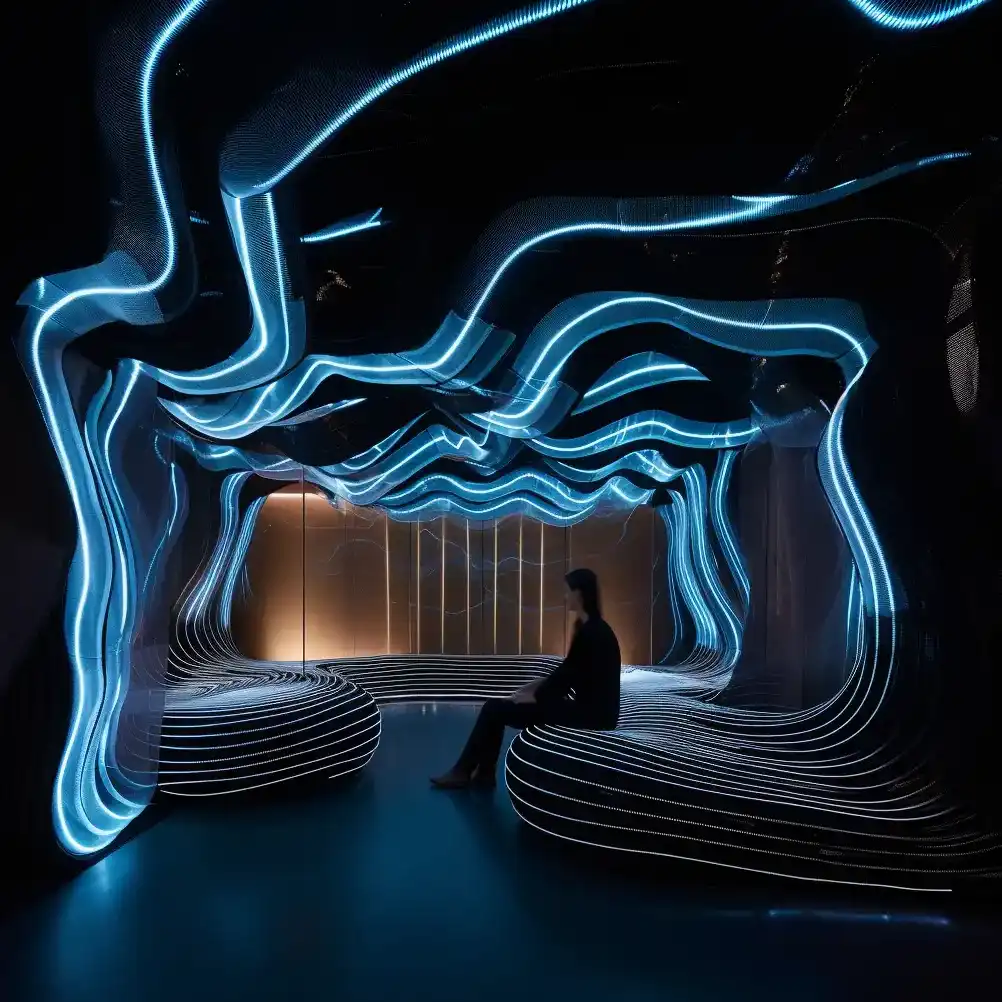
The most popular AI visualisation tool, Midjourney, specialises in text-to-image generation. This means that the input here is words as prompts and the output is 2D images, like renders. Architects and designers can explore different materials, lighting, and styles like modernism or brutalism with just a few prompts. Midjourney also offers tips to encourage learners in the community.
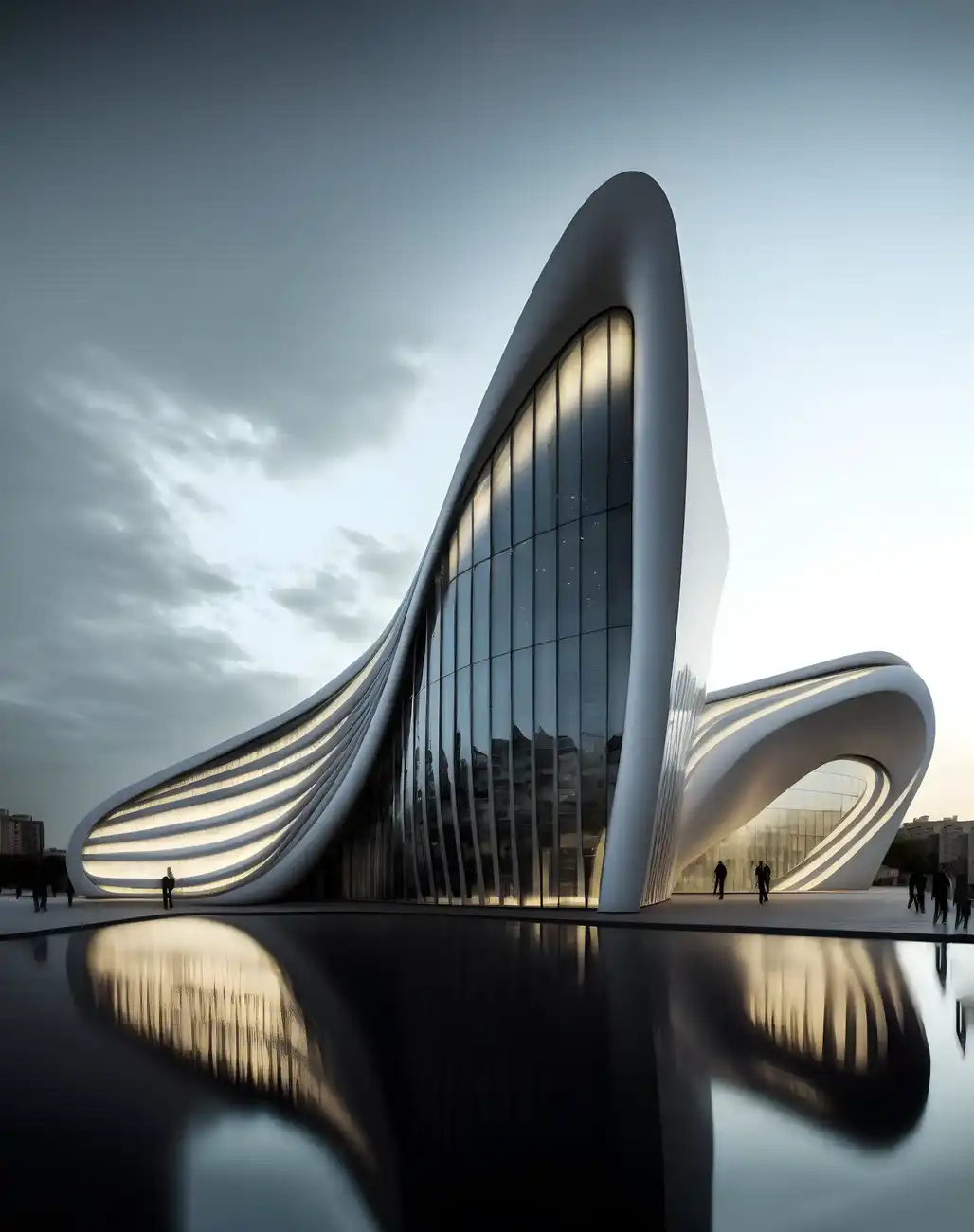
Midjourney enables visual storytelling at the earliest stages of design conception and can offer outstanding design inspirations. Experiments are, however, limited to imagery and cannot be extended to 3D models or BIM tools. It is a visualisation tool rather than a technical one.
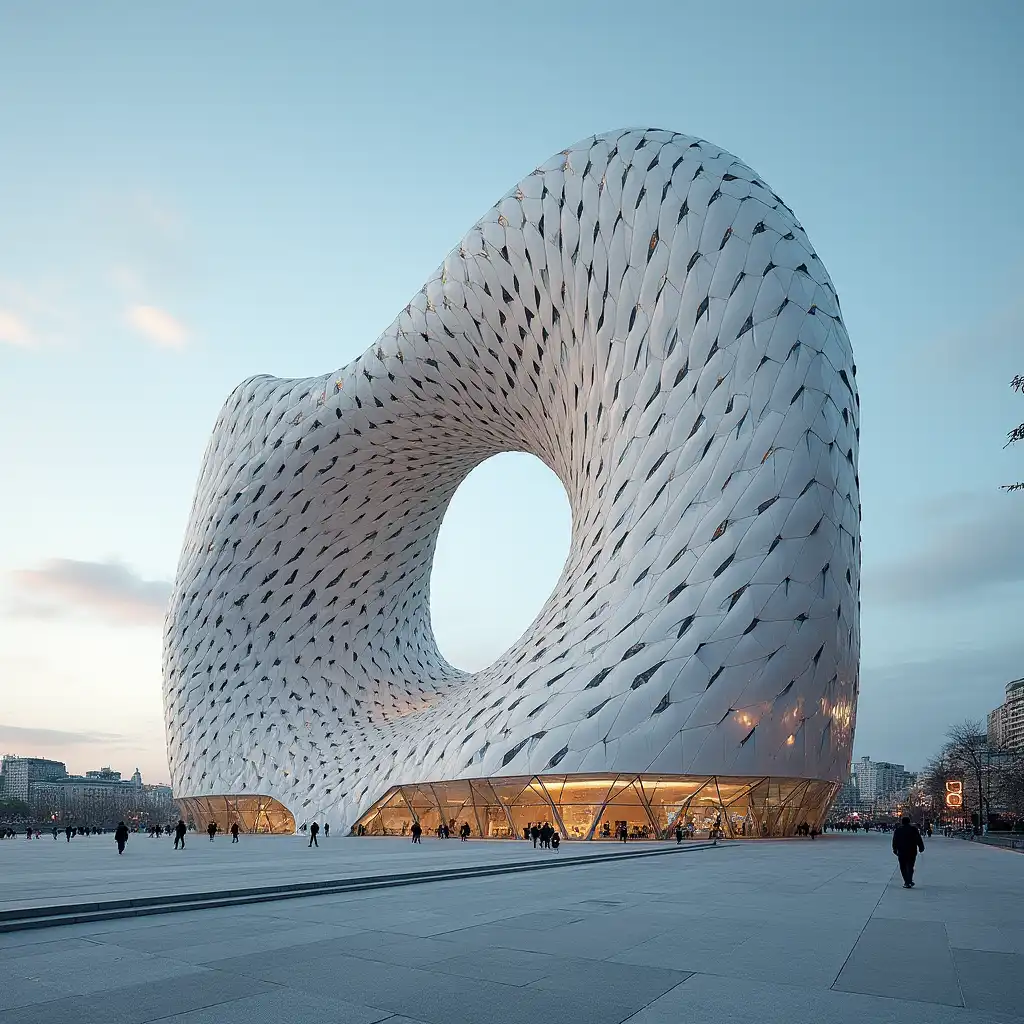
Designed for creative professionals, Krea.AI has an added advantage. It offers real-time design iterations while maintaining high-quality renderings. The ability to support generative designs with high-level customisation makes Krea.AI very attractive to dreamy designers.
Added to this, Krea.AI can also generate videos from text prompts. It offers customizable templates and voice-over integration in multiple languages. Urban planners and interior designers are at a great advantage.
What’s the catch? It cannot be integrated with advanced architectural tools like Rhino or Revit.
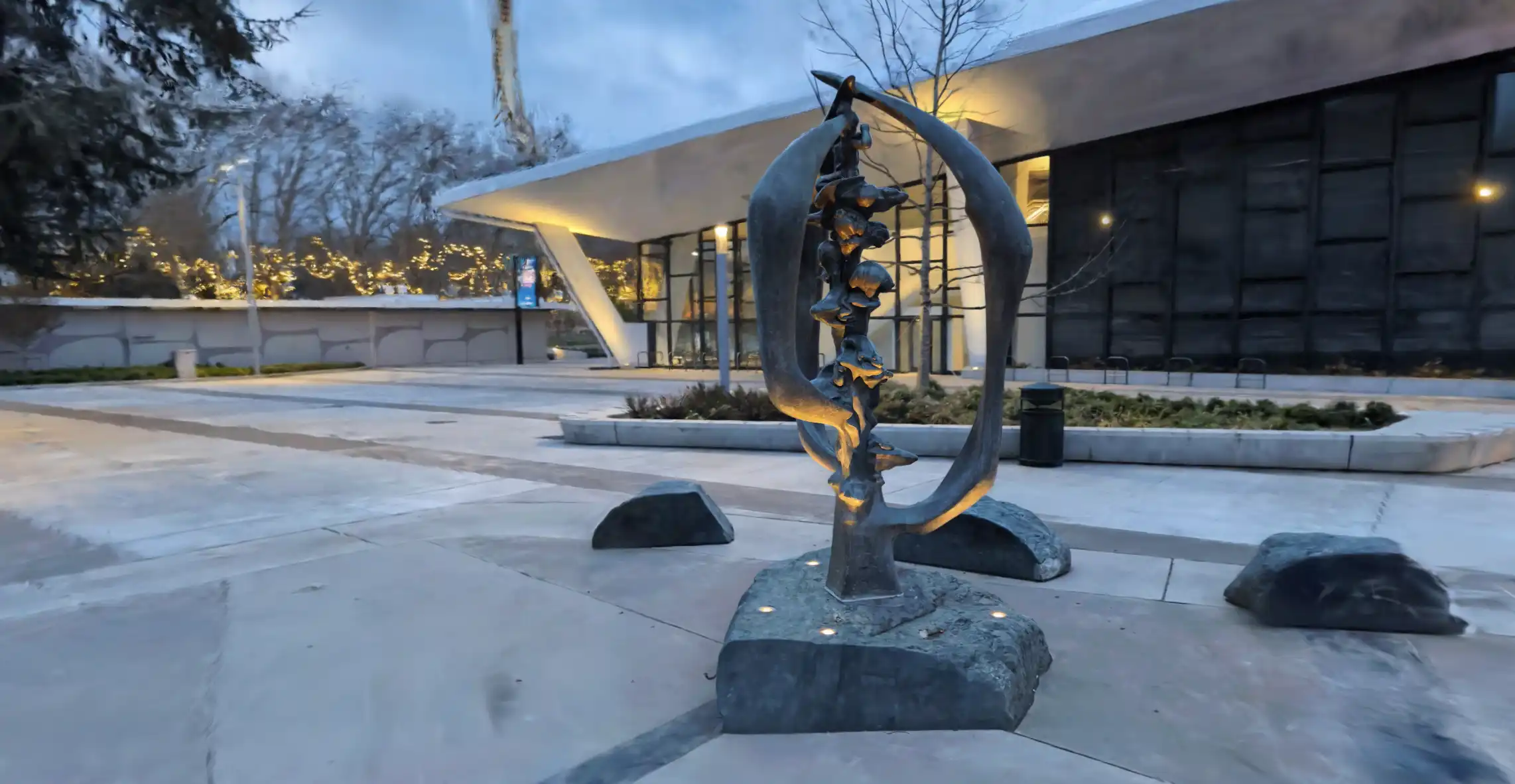
The focus of Luma AI is immersive visualisation. Ideal for architects working on interactive designs, Luma AI excels in converting images and videos into 3D models, which can then be integrated into VR environments for a real-time experience. It is rightfully called “The Dream Machine”.
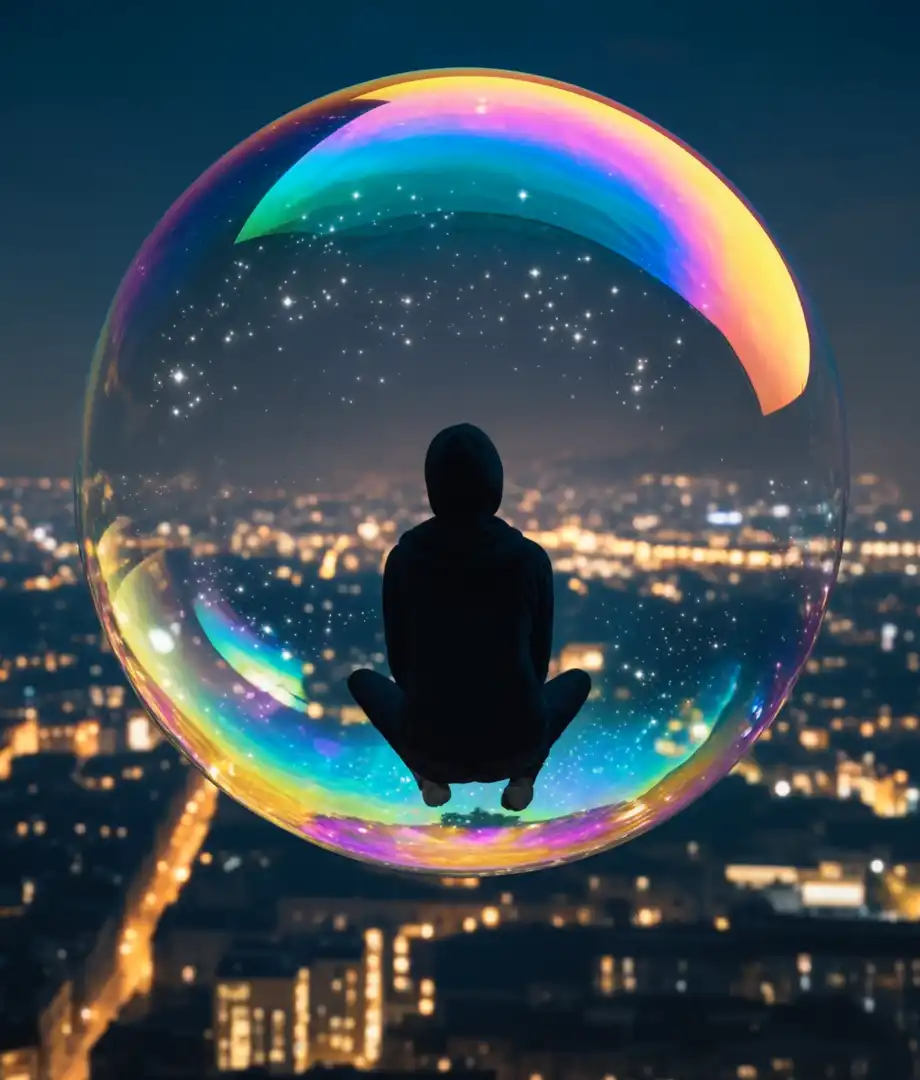
Luma is at the next stage of design expression, it does not offer generative design. A useful tool in capturing real-world environments and incorporating them into design, the VR aspect of Luma AI is a curious step in fusing the realities of AI-driven architecture with the humane. The choice depends on the designer’s dream. Would you explore how each of these tools could complement each other in your next dream?
You must be logged in to comment.